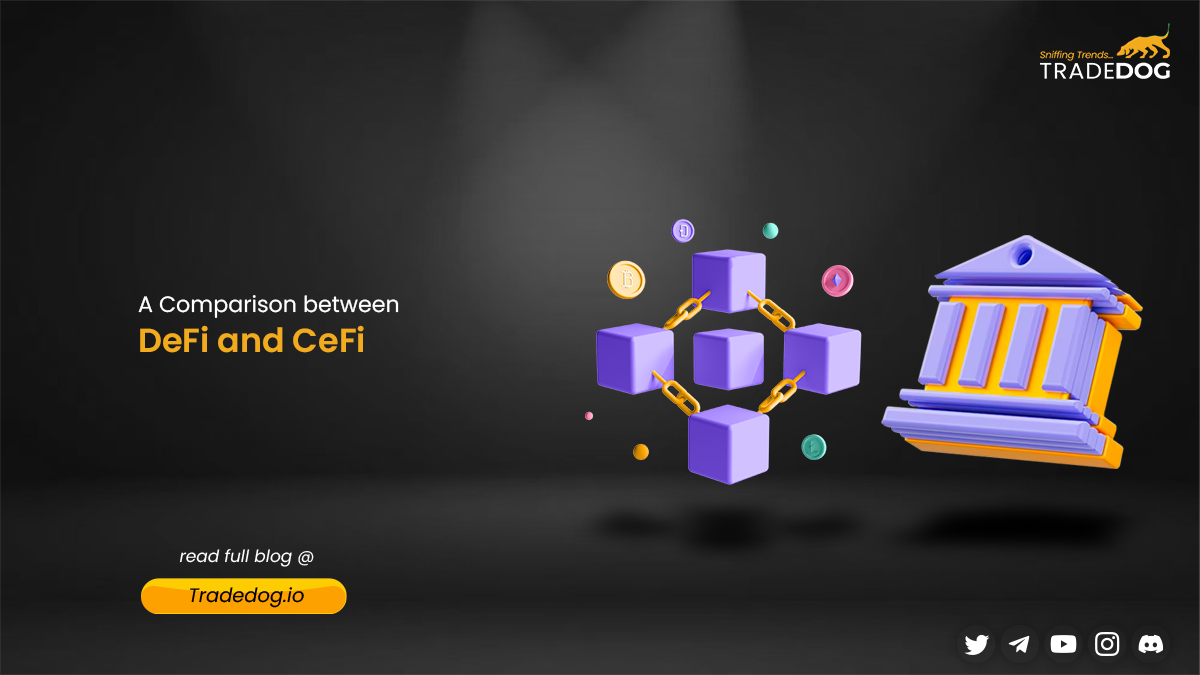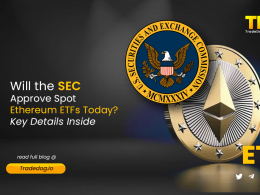Right before us, the DeFi ecosystem has had impressive growth, and to know how huge this growth has been, one only has to cast sights at how impressively the total value locked (TVL) in DeFi has grown in the past year. As of February 2020, the DeFi space broke through $1 billion in total value locked. That figure has since been long forgotten as it blew past $40 billion in February 2021 with the rise of the various technological innovations like payment solutions, Decentralized Exchanges, lending and derivatives applications that the DeFi sector is made up of.
All of this progress has been down to the growth the industry is experiencing. It first started with the bull run of 2017 that was mostly fueled by retail investors testing out cryptocurrencies and the numerous potentials it held. In the bull run of 2021, we are beginning to see that more and more institutions and professional traders are starting to adopt the technology.
The downside to DeFi’s Progress

While Decentralized Finance is a breath of fresh air and a subject of relief to many of the world’s population that had always dreamed of an alternative means of finance, there has been a downside to it all; the inability to communicate intricately with other applications on the blockchain.
The traditional and centralized technologies that exist today have this interoperability, and with it, they are able to process hundreds of thousands of transactions every day. This is the application the DeFi space should strive to achieve. There are already some applications and projects exploring interoperability options and we have highlighted them in this article.
Interoperability
Interoperability is simply a process where two or more systems communicate and exchange values. For context, think about how traditional banks can exchange information and carry out interbank transactions within themselves. That is exactly what interoperability means. Recently, a lot of DeFi products are being built with interoperability in mind. This is because developers understand and know the usefulness and how well it can push the DeFi space in the direction of progress.
The DeFi space faces these problems mainly due to lack of interoperability, imagine traditional banks couldn’t transfer money between themselves or payment merchants and restaurants only accepting one credit card. Payments would be difficult to make and this is what is predominant in DeFi today.
While Ethereum is the blockchain of choice for most projects, there are other blockchains that are competing for attention with Ethereum. Blockchains like Tron, EOS or Tezos are good competitors but they all have one thing in common; their inability to be interoperable. This however cannot be said of recent platforms like the Polkadot and Binance Smart Chain (BSC). The Binance Smart Chain for one is compatible with the Ethereum Virtual Machine (EVM) while the Polkadot’s bridge Parachains are theoretically able to connect to other blockchains efficiently.
Because of these smart features, both of these platforms are attracting a lot of DeFi developers and projects. BSC even boasts of the second-largest decentralized exchange (link), PancakeSwap, the first being Ethereum’s Uniswap.
A benefit of interoperability to DeFi applications and the users is the expansion of liquidity pools from single to multiple chains by opening up communication between blockchains. The exchange of assets and data across sovereign, decentralized blockchains will provide greater security to traders, raise capital formation and improve price discovery.
Projects implementing interoperability

There are already a few projects in the DeFi space that are trying to solve this issue of interoperability with their applications.
Radix
Radix is a blockchain that is looking at bringing interoperability to the DeFi space using a comprehensive technology stack that ensures security, scalability, composability and decentralization. With its own version of Ethereum’s Virtual Machine (the Radix Engine, RE), Radix has the capability of processing 1.4 million transactions per second without the need for masternodes. This is because of its high-throughput layer one infrastructure. For context, Visa handles a paltry 1,700 transactions per second which amounts to a daily total of 150 million transactions.
Wrapped Bitcoin (WBTC)
This is a special kind of smart contract that provides cross-chain interoperability between Bitcoin and the Ethereum network. Wrapped Bitcoin is an ERC-20 token and is represented at a 1:1 ratio on the Ethereum network.
A third-party custodian is involved in the contract of a WBTC. This third party holds Bitcoins and releases a preset amount of WBTC tokens. The released tokens on the Ethereum network are basically the ERC-20 tokens. A function in the WBTC Factory called “burn” which signals that a merchant wants to release the BTC is used to redeem the BTC.
Typically, converting bitcoin into WBTC doesn’t come with a cost, but when you try to convert WBTC back into bitcoin, merchants (Ox, Maker, CoinList, Aave etc) generally charge a fee. Ethereum gas fees — that have been notoriously known to be high — are accrued by users of WBTC as they carry out transactions within the DeFi ecosystem.
Fusion
This is a platform built for cross-chain interoperability and aims to enable global decentralized financial services for the masses. They have different products that offer interoperability in its true sense.
Fusion has built a set of finance-related APIs. These APIs allow developers to build their own financial applications and they are able to cross-communicate with any of the supported blockchain protocols.
Anyswap
Just like Uniswap, Anyswap is an Automated Market Maker (AMM). It is built on top of Fusion’s Distributed Control Rights Management (DCRM) protocol. Users can deposit and exchange their digital assets on Anyswap in a decentralized environment, just like Uniswap.
While Uniswap offers swap pairs that are limited to only Ethereum and ERC-20 tokens, Anyswap has cross-chain token swaps enabled on its platform and this provides more liquidity.
Ren
Ren is an impressive project trying to achieve “universal interoperability’’. The idea behind universal interoperability is that anyone can send any asset to any application on any chain in any quantity. Sounds cool right?
Ren achieves this universal interoperability through the RenVM technology. RenVM is a decentralized, trust-less and permissionless custodian that uses a “tokenized representation model’’.
In this model, the user locks an asset with a custodian, the custodian then mints a 1:1 ratio backed token on another chain. One problem with this model in the past is that, in most cases, the custodian is either fully or partly centralized. RenVM however, does this but in a completely decentralized and trust-less manner.
Conclusion
As more and more solutions to the challenges of interoperability and privacy emerge, the DeFi markets will undergo exponential growth that we’re seeing currently in the cryptocurrency markets.
In the coming years, as interoperability becomes normal and stable and professional investors look at capturing the value of this fast-growing sector, DeFi will achieve the same trillion-dollar status that Bitcoin has managed to achieve.











